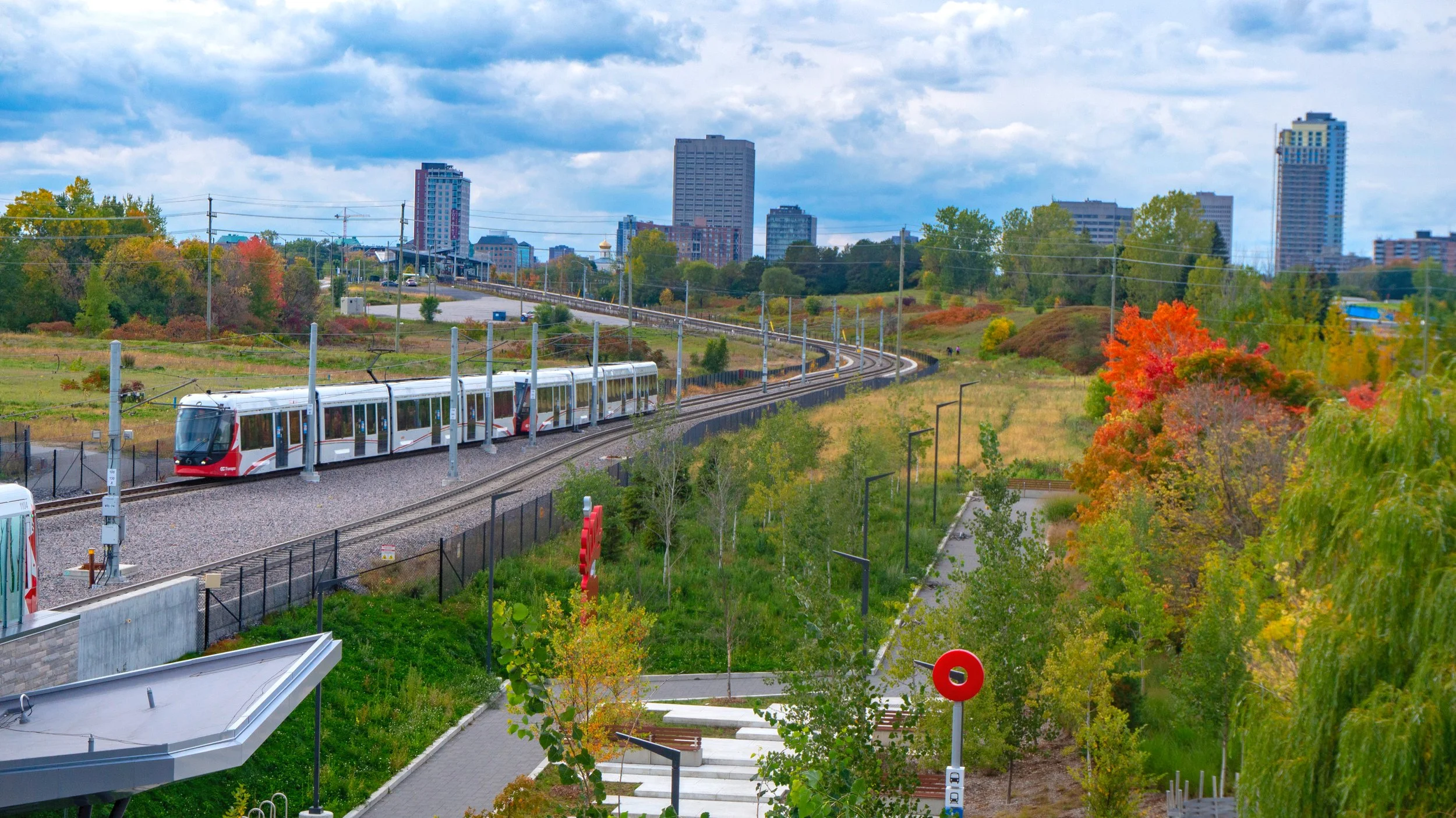Shifting your perspective
What we don’t know.
We’ve reached that important milestone in Ottawa municipal election season: The Ottawa Transit Challenge. Organized by the Ottawa Transit Riders, the challenge calls on candidates — and residents — to make OC Transpo their primary mode of transportation for one week.
I remember when I first moved to Ottawa and learned about the Transit Challenge. At the time, I didn’t drive at all and all of my trips were made by bus. The idea that transit use was so novel among elected and aspiring councillors that they’d need to be asked to take it for a week drove home how different their lived realities were from my own.
We can see that disconnect in action. In her candidates’ debate, Orléans-Cumberland candidate Tessa Franklin had to correct another candidate who claimed that residents don’t use transit to get groceries.
Do candidates know that 73% of Ottawa residents support expanding OC Transpo service into suburban Ottawa? Do they understand that between suburb commuting is a growing section of Ottawa’s commuter class?
And if not, why not?
Same attracts same.
No matter what you are organizing around: if it is a community issue, a municipal election, or a cross-nation campaign, without purposeful landscape analysis, outreach, and recruiting, campaigns can become homogenous very quickly.
That’s because the people in our networks tend to have similar backgrounds to us, meaning they have similar life experiences and similar perspectives. While that can be great for building consensus, it’s not great for ensuring that you are representative.
What’s your version of not knowing that people use the bus to get groceries, and how can you avoid monoculture campaigns?
Here are some places to start.
Look at the people most affected by the issues your campaign or project addresses.
Are those people proportionately represented around your organizing table?
Are they represented at all levels of organizing, and not just in entry-level positions?
If the rest of the core group of organizers with your campaign have very similar demographic profiles as you, consider the barriers to participation that are preventing others from getting involved. There can include:
Accessibility: Online events versus in-person requirements, enforcing masking to keep immunocompromised people safe, meetings at hours that work for people with different work schedules, offering child care, offering travel stipends. This is not an exhaustive list.
Does your organization/campaign have a welcoming culture?
What does conflict look like in your organization and how is it dealt with?
How are new members integrated into the organization and mentored to ensure they feel included?
You don’t know what you don’t know, and that’s okay! Great organizing isn’t about knowing everything. It’s about creating the space for community to bring their best and collaborate together on a vision for a better future.
Want to build a more accessible campaign? We’re here to help!
Header image by lezumbalaberenjena, CC0


